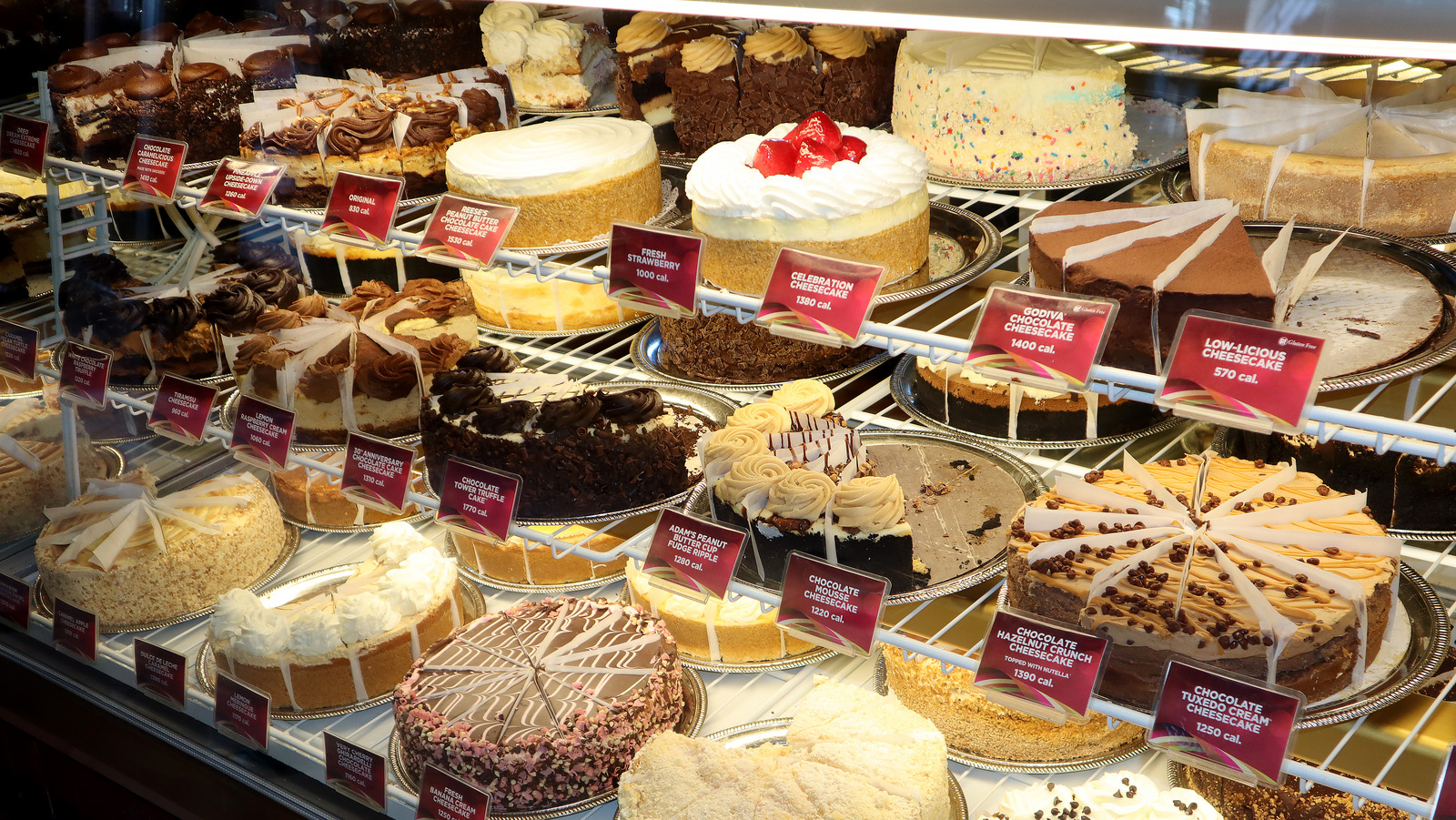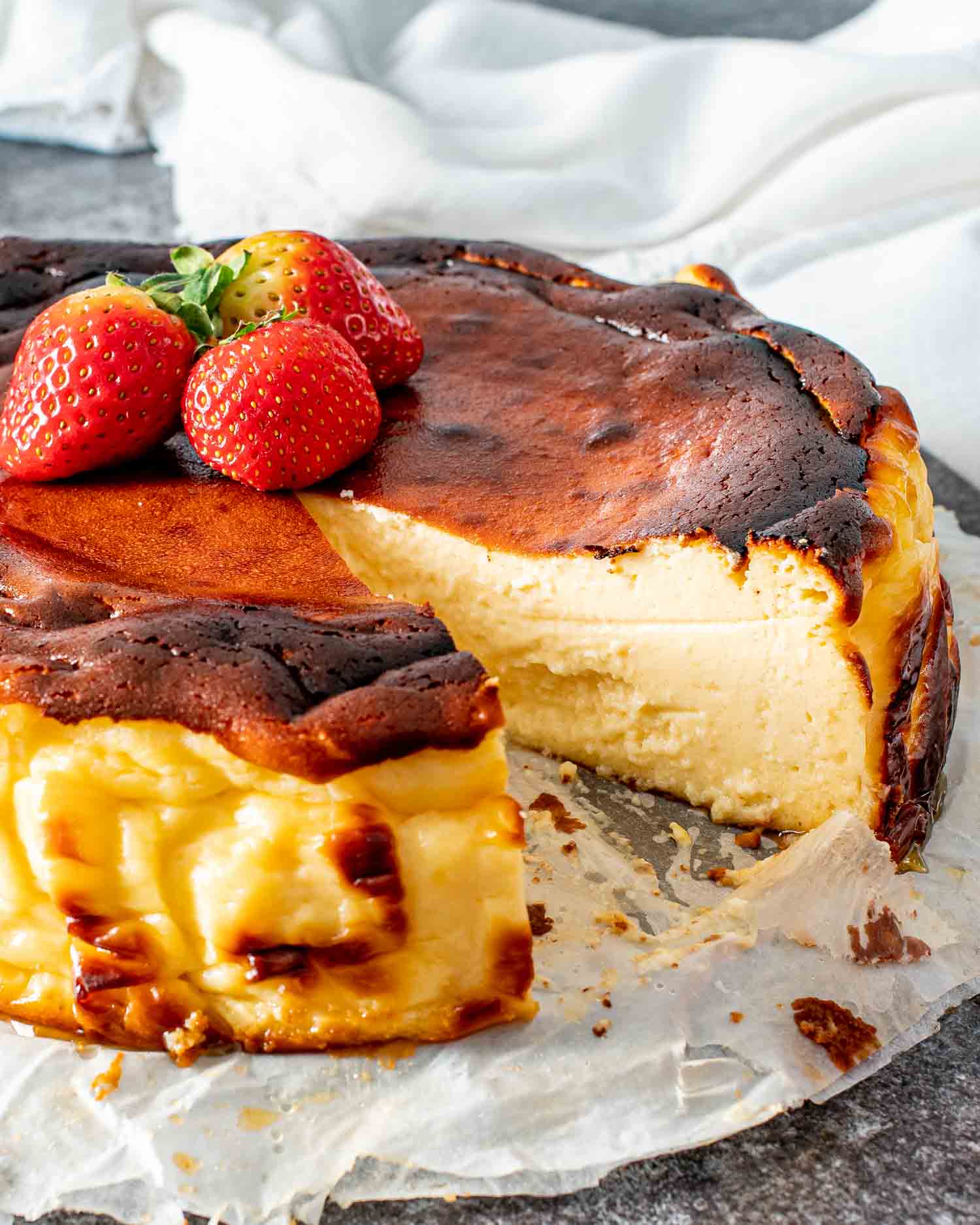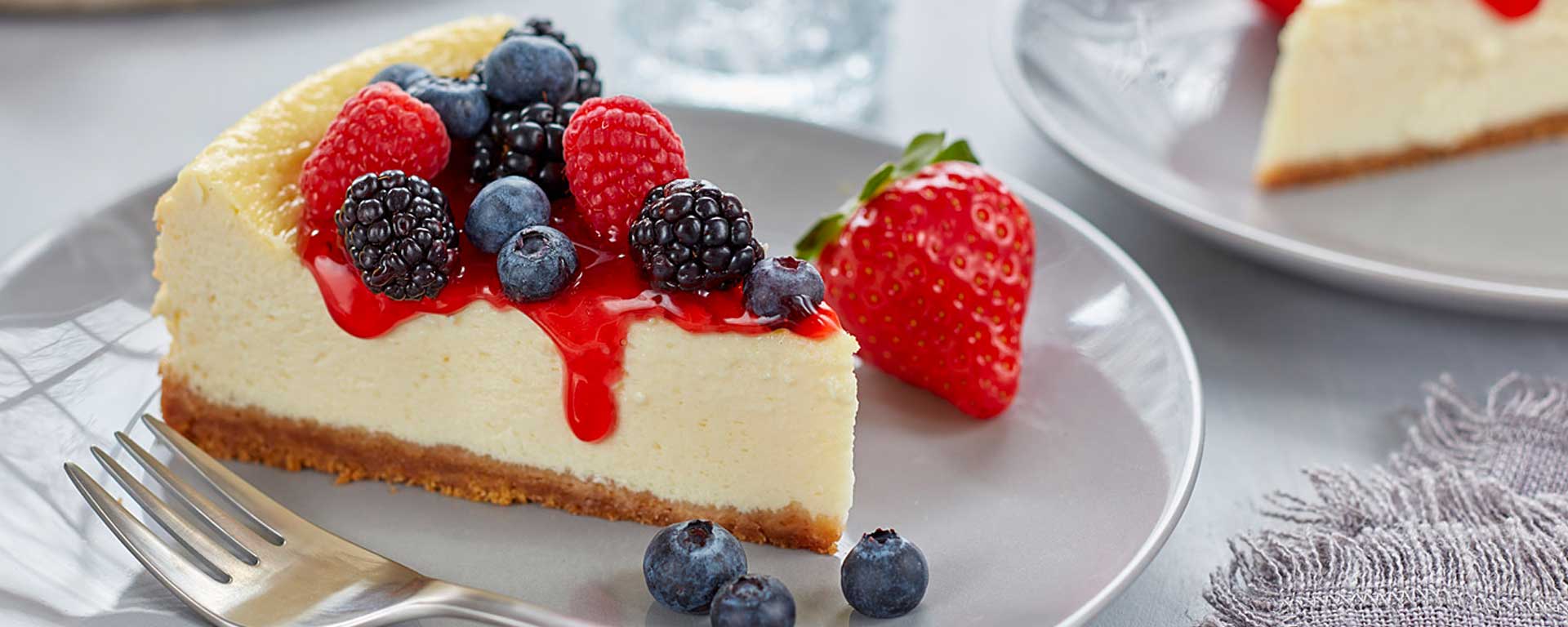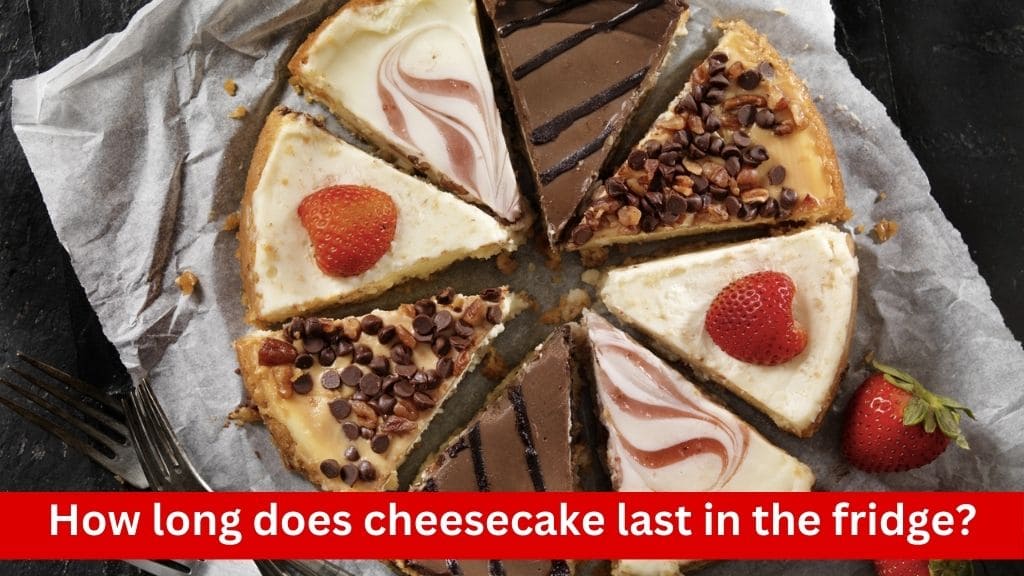Cheesecake, with its rich and creamy texture, is a beloved dessert enjoyed by many around the world. Whether you prefer the classic New York style or opt for a more adventurous variation, one common question remains: how long does cheesecake last in the fridge? In this comprehensive guide, we’ll explore the factors that influence the shelf life of cheesecake and provide tips on how to store it properly to maximize freshness.
What is Cheesecake?

Cheesecake is a dessert characterized by its creamy filling, typically made from a mixture of cheese, eggs, and sugar. Unlike traditional cakes, which rely on flour as a primary ingredient, cheesecake stands out for its heavy reliance on dairy products.
Types of Cheesecake
Cheesecake comes in a variety of styles, each with its own unique ingredients and flavors. Some popular types include:
- New York Cheesecake: Known for its dense and rich texture, New York cheesecake typically features cream cheese and heavy cream in its filling.
- Italian Cheesecake: Utilizes ricotta cheese for a lighter texture compared to its New York counterpart.
- Japanese Cheesecake: Incorporates whipped egg whites for a fluffy and airy consistency.
- No-Bake Cheesecake: Made without baking, this type of cheesecake often includes stabilizers like gelatin or condensed milk.
Factors Affecting Shelf Life
:max_bytes(150000):strip_icc()/gluten-free-new-york-cheesecake-1450985-hero-01-dc54f9daf38044238b495c7cefc191fa.jpg)
- Ingredients: The ingredients used in cheesecake play a significant role in determining its shelf life. Cheesecake typically contains perishable items such as cream cheese, heavy cream, eggs, and dairy products. These ingredients are prone to spoilage, especially when exposed to fluctuating temperatures or improper storage conditions. Additionally, the quality and freshness of the ingredients used can impact the overall longevity of the cheesecake.
- Preparation Method: The method used to prepare the cheesecake can also influence its shelf life. Baked cheesecakes, which undergo a cooking process in the oven, may have a longer shelf life compared to no-bake varieties. Baking helps kill off bacteria and pathogens that can cause food spoilage. On the other hand, no-bake cheesecakes often rely on stabilizers such as gelatin or condensed milk to achieve the desired texture. While these additives can extend the shelf life of the cheesecake, they may not provide the same level of protection against spoilage as baking.
- Storage Conditions: Proper storage is critical for preserving the freshness and quality of cheesecake. Storing cheesecake in the refrigerator at the correct temperature (usually between 32°F to 40°F or 0°C to 4°C) helps slow down bacterial growth and prevent spoilage. It’s essential to store cheesecake in an airtight container or tightly wrapped in plastic wrap to prevent exposure to air and moisture, which can accelerate spoilage. Additionally, placing cheesecake on a stable and flat surface within the refrigerator can help maintain its shape and texture.
- Environmental Factors: External factors such as humidity levels, temperature fluctuations, and exposure to light can also impact the shelf life of cheesecake. High humidity levels can promote mold growth, while temperature fluctuations can cause condensation to form on the surface of the cheesecake, leading to moisture buildup and spoilage. Exposure to light, especially direct sunlight, can accelerate the breakdown of fats and proteins in the cheesecake, resulting in rancidity and off-flavors.
Shelf Life of Cheesecake

- Type of Cheesecake: Different types of cheesecake may have varying shelf lives due to their ingredients and preparation methods. For example, New York style cheesecake, which is dense and rich, typically contains cream cheese and heavy cream. Its shelf life may differ from lighter variations such as Japanese cheesecake, which incorporates whipped egg whites for a fluffy texture.
- Storage Conditions: Proper storage is crucial for maintaining the shelf life of cheesecake. Cheesecake should be refrigerated promptly after preparation or purchase to slow down bacterial growth and prevent spoilage. It’s best to store cheesecake in an airtight container or tightly wrapped in plastic wrap to minimize exposure to air and moisture, which can lead to mold growth and deterioration.
- Presence of Stabilizers: Cheesecakes that contain stabilizers such as gelatin or condensed milk tend to have longer shelf lives compared to those without. These stabilizers help maintain the texture and structure of the cheesecake, extending its freshness for a few additional days.
- Quality of Ingredients: The quality and freshness of the ingredients used in cheesecake can significantly impact its shelf life. Using high-quality dairy products, fresh eggs, and other ingredients can help prolong the freshness of the cheesecake. Conversely, using expired or low-quality ingredients may shorten its shelf life and affect its taste and texture.
- Temperature Fluctuations: Fluctuations in temperature, such as exposure to room temperature or variations in refrigerator temperature, can accelerate the spoilage of cheesecake. It’s essential to store cheesecake in a stable and consistent temperature environment to preserve its quality for as long as possible.
- Moisture Content: Cheesecake with a high moisture content, such as those with fruit toppings or creamy fillings, may have a shorter shelf life due to the increased risk of mold growth and spoilage. It’s crucial to consume these types of cheesecakes within the recommended time frame to avoid foodborne illness.
Tips for Extending Shelf Life

Extending the shelf life of cheesecake requires careful attention to storage methods and handling practices. Here are some tips to help you preserve the freshness and quality of your cheesecake for as long as possible:
- Freezing Cheesecake: Freezing is an effective method for extending the shelf life of cheesecake. To freeze cheesecake, wrap individual slices tightly in plastic wrap or aluminum foil to prevent freezer burn and moisture loss. Place the wrapped slices in an airtight container or freezer bag to protect them from absorbing odors from other foods in the freezer. Frozen cheesecake can last for up to 1-2 months if properly stored. When ready to enjoy, thaw the cheesecake in the refrigerator overnight before serving.
- Protecting Against Refrigerator Odors: Cheesecake is susceptible to absorbing odors from other foods in the refrigerator, which can affect its flavor and freshness. To prevent this, wrap the cheesecake tightly in plastic wrap or aluminum foil before storing it in the refrigerator. Additionally, consider placing the cheesecake in an airtight container to further shield it from unwanted odors.
- Avoiding Soggy Crusts: Over time, the crust of cheesecake may become soggy due to moisture absorption from the filling. To prevent this, consider using a sharp knife to trim off the soggy crust before serving. This will help ensure that each slice maintains its desired texture and taste.
- Proper Storage: Store cheesecake in the refrigerator at all times to slow down bacterial growth and prevent spoilage. Keep the cheesecake in an airtight container or tightly wrapped in plastic wrap to maintain its freshness and prevent it from drying out. Place the cheesecake on a stable and flat surface within the refrigerator to prevent it from tipping over or becoming misshapen.
- Monitoring Temperature: Keep an eye on the temperature of your refrigerator to ensure that it remains within the recommended range of 32°F to 40°F (0°C to 4°C). Fluctuations in temperature can accelerate the spoilage of cheesecake, so it’s essential to maintain a consistent and stable environment.
Conclusion
The shelf life of cheesecake varies depending on factors such as ingredients, preparation method, and storage conditions. While store-bought cheesecake tends to last longer due to preservatives, homemade and no-bake varieties have shorter shelf lives. By following proper storage practices and utilizing freezing techniques, you can extend the shelf life of cheesecake and enjoy this delicious dessert for longer periods. Remember to always discard any cheesecake that has been left out at room temperature for more than two hours to prevent foodborne illness.

